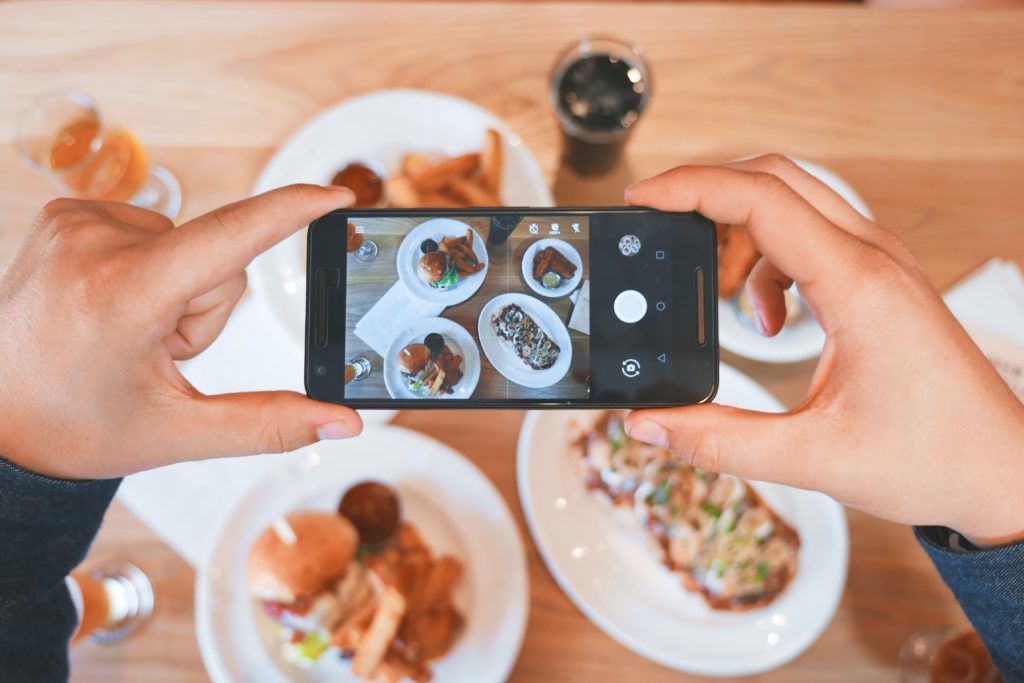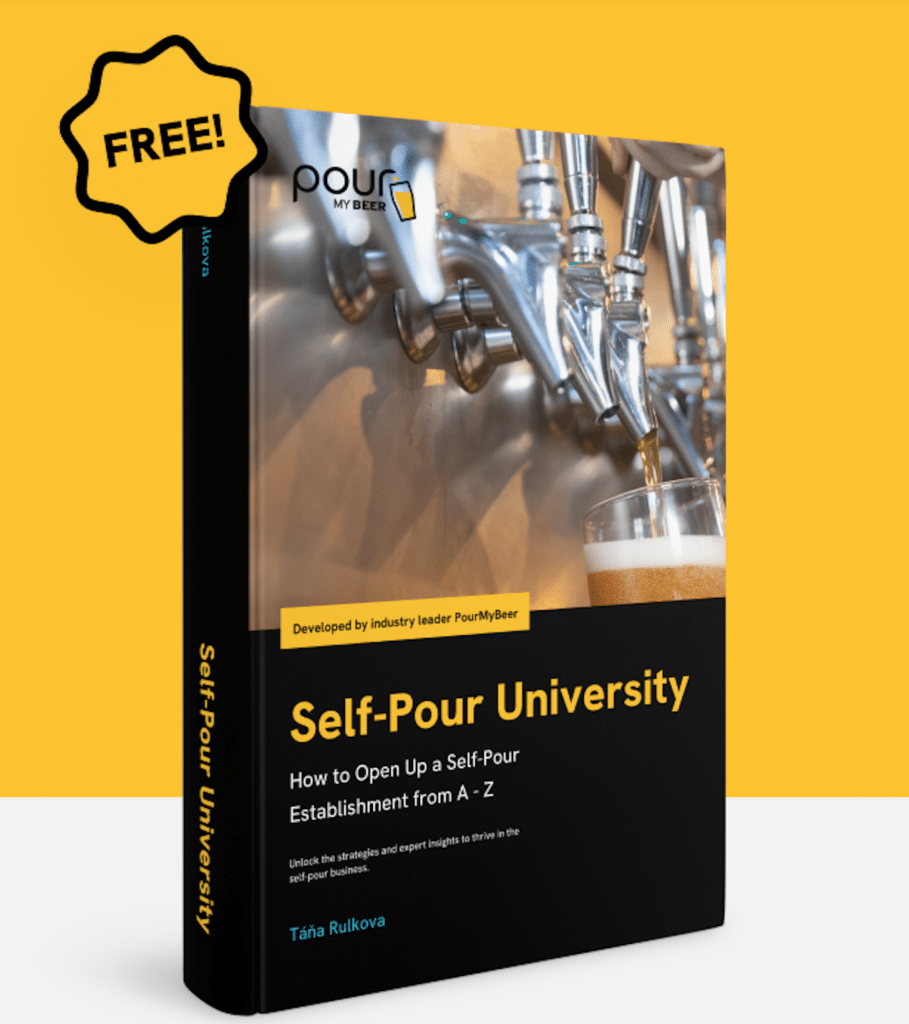Dry January has evolved into a significant cultural movement, with a growing number of individuals choosing to abstain from alcohol during the first month of the year. This shift has led to a surge in demand for non-alcoholic beverages, presenting a lucrative opportunity for bars and restaurants. Implementing self-pour technology can help venues capitalize on this trend by offering a diverse range of non-alcoholic options while optimizing operational efficiency.
Understanding the Dry January Opportunity
Statistics and Trends
Participation in Dry January has been increasing annually. According to Morning Consult’s latest research, In 2024, approximately 21 percent of U.S. adults aged 21 and over reported interest in participating in Dry January, up from 15 percent in 2023.
This movement aligns with the rise of the sober-curious lifestyle, as more individuals prioritize health and seek non-alcoholic alternatives. The global non-alcoholic beverages market reflects this trend, with revenue projections estimating it will reach approximately $1.94 trillion by 2029, according to Statista.
The Business Potential
Offering a variety of non-alcoholic options appeals not only to Dry January participants but also to health-conscious consumers, designated drivers, and families. Venues that adapt to this shift can attract a broader customer base and enhance loyalty.
The Self-Pour Advantage During Dry January
Variety and Experimentation
Self-pour systems empower customers to sample various non-alcoholic beverages—such as craft non-alcoholic beers, kombuchas, and mocktails—at their own pace. This interactive experience encourages exploration and can lead to increased beverage consumption and customer satisfaction.
Reduced Waste
Traditional bar service may result in wasted drinks when customers are uncertain about their choices. Self-pour technology mitigates this issue by allowing patrons to pour only the amount they wish to try, reducing waste, especially for beverages with shorter shelf lives.
Labor Efficiency
Implementing self-pour systems can decrease the need for extensive staff, thereby reducing labor costs. This efficiency is particularly beneficial during slower months like January, directly contributing to increased profitability.
Curating a Profitable Non-Alcoholic Beverage Menu
Key Categories
To attract Dry January participants, focus on these beverage categories:
- Craft Non-Alcoholic Beers: Cater to beer enthusiasts seeking alcohol-free options.
- Mocktails on Tap: Provide sophisticated, pre-batched mocktails that rival traditional cocktails.
- Kombucha and Nitro Coffee: Appeal to health-conscious consumers with these trendy options.
- Craft Sodas and Sparkling Waters: Suitable for customers of all ages.
Telling the Story
Utilize digital screens or QR codes at self-pour stations to share engaging descriptions of each beverage, highlighting ingredients, flavor profiles, and unique selling points, such as local production or organic certification.
Local and Premium Brands
Partnering with local producers adds authenticity to your menu while offering premium brands can command higher price points, enhancing profit margins.
Marketing Dry January with Self-Pour Systems
Promotions and Events
Host Dry January-themed events to attract patrons, such as:
- Mocktail Mondays: Offer discounts on self-pour mocktails every Monday.
- Non-Alcoholic Flight Tastings: Allow customers to sample a curated selection of non-alcoholic drinks for a set price.
Social Media Engagement
Promote your non-alcoholic offerings on social media with appealing visuals of your self-pour setup. Encourage customers to share their experiences online to expand your reach.
Appealing to Group Dynamics
Self-pour technology accommodates groups with diverse preferences, ensuring that both those abstaining from alcohol and those who are not can find enjoyable options.
Dry January & Self-Pour Technology: A Perfect Pairing
Dry January presents a valuable opportunity for businesses to innovate and expand their customer base. By leveraging self-pour technology, venues can maximize profits, reduce waste, and meet the growing demand for non-alcoholic beverages. Investing in self-pour systems is a strategic move that extends beyond January, aligning with the increasing consumer preference for diverse and health-conscious beverage options.








